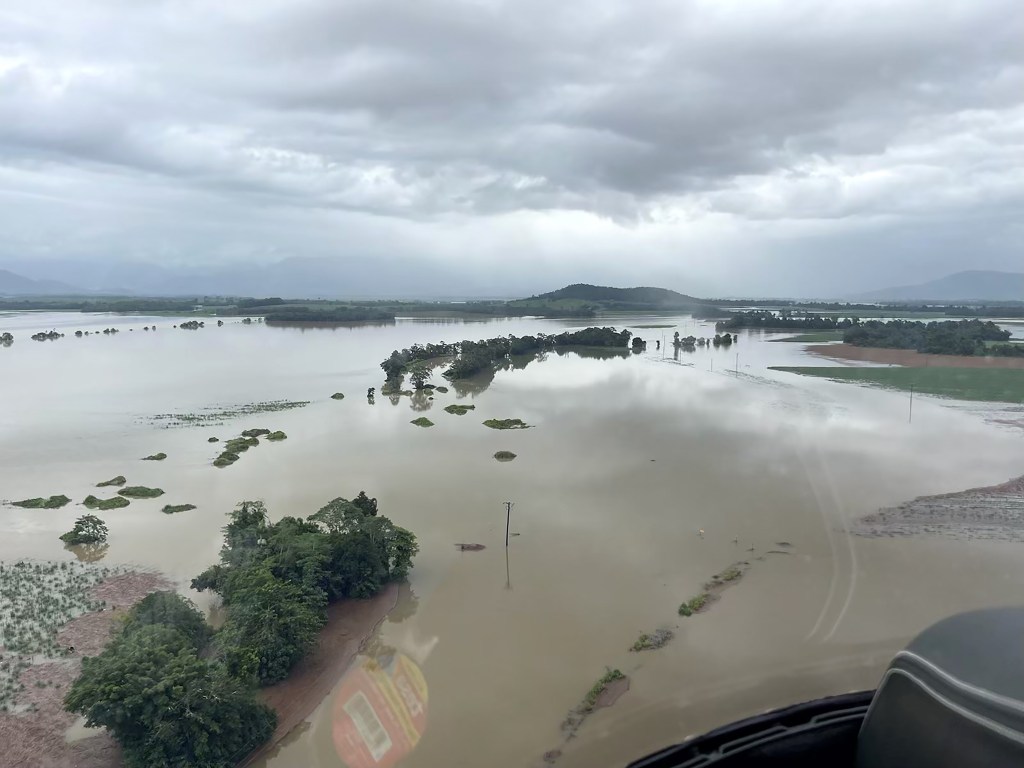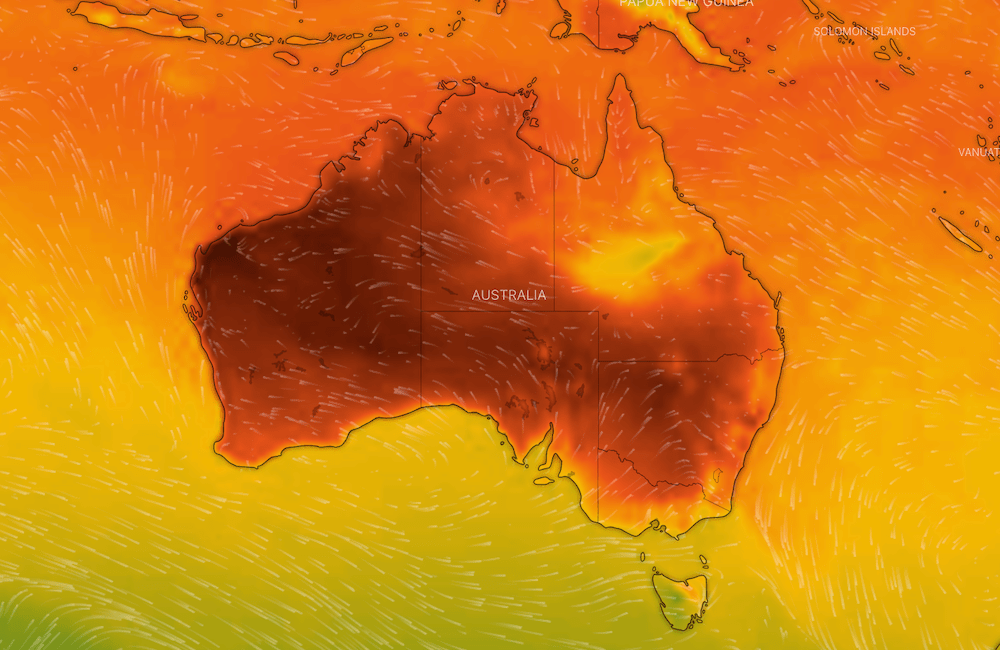Extract from The New Daily
Source: Bureau of Meteorology
Australians battling dangerous storms and downpours the length of the eastern seaboard may be forgiven for wondering what happened to the weather bureau’s predictions of a hot, dry summer.
Many weather and climate experts had predicted a drier period with less rainfall as the combination of an El Nino and Indian Ocean Dipole developed in late 2023.
But Cyclone Jasper, which cut a damaging and soggy swathe across far north Queensland in mid-December, had radically different plans.
However, despite that – and the wet and wild weather that has slammed millions of Australians in south-eastern Queensland, northern New South Wales and much of Victoria in recent days – the end of 2023 was still hotter than average, according to the Bureau of Meteorology (BoM).
It was marked by searing temperatures in the west and north-west – including a staggering 51 degrees in the Pilbara town of Marble Bar this week.
BoM senior climatologist Brad Jackson said despite the deluges in the eastern states, Australia had been warmer than average across previous weeks.
“People may have assumed that it would be drier, but we said even though it’s below-average rainfall, it will still rain,” he said.
“We can have isolated thunderstorms that produce a fair bit of rain. But it’s not been as dry as we were maybe all expecting it to be initially.”

There has been extensive flooding in places like Tully, Queensland. Photo: AAP
Bushfire season
The two major climate drivers set the stage for an anxious bushfire season, which was predicted to be a high-risk period across much of Australia.
Bushfires broke out just before Christmas in Western Australia, including in Perth’s leafy outer suburbs.
Seven emergency-level bushfires were reported during the period, and several homes in rural areas surrounding Perth were destroyed.
Earlier this week, there was another dangerous bushfire in WA’s midwest.
Parts of Queensland and the Northern Territory also endured heatwaves in the final days of 2023.
Jackson said northern parts of Queensland, the NT and WA should expect to see more above-average temperatures until March.
“For southern Australia though, we are looking at about average or slightly above average chance of getting extreme weather,” he said.
“Around that Perth region, where there has been a number of bushfires, there’s still a reasonable chance of getting unusually high maximum temperatures.”
On Tuesday, BoM meteorologist Miriam Bradbury said El Nino was a climate driver – and didn’t necessarily account for day-to-day or week- to-week weather systems.
“It is true, typically, during El Nino we see reduced rainfall through eastern Australia,” she told ABC TV.
“However, that is not always the case and every El Nino event is different. And what we’re seeing the moment is an El Nino situation continuing, but weather systems moving through which are tapping into intense moisture and producing this heavy rainfall.”
And while climate and bushfire experts warned ahead of summer of a likely severe bushfire season, most said if this year wasn’t high risk, then the 2024-25 season could be even more severe.
Greg Mullins, a former NSW Rural Fire Services commissioner and Climate Council councillor, previously told The New Daily that extreme heat in 2023 and early 2024 could create even more dangerous conditions in future years.
“2018 was eerily reminiscent of what we’re seeing now,” he said. “We could be looking at another Black Summer in two years’ time.”

The weather bureau still expects a summer of above-average temperatures for most of Australia. Photo: Windy
2024 and the future
Although the west coast has burned this summer, the east has been repeatedly hammered by rain and storms, causing an estimated $1 billion in damage.
Jackson said it was difficult to predict with certainty what kind of weather the rest of 2024 will bring.
“The average temperature across Australia is going to be above average, unless you’re living in eastern Victoria,” he said.
Experts previously warned that overlapping bushfire seasons – caused by weather patterns like El Nino and climate change – around the world can stretch thin resources.
Countries such as Canada, the US and Australia are increasingly unable to share experienced firefighters and equipment because fire seasons overlap.
2023 was also the hottest year recorded, as the effects of climate change continue to become a reality for many people.
According to the Copernicus Climate Change Service, Europe’s peak climate-tracking body, 2023 was 1.46 degrees Celsius hotter than pre-industrial levels, threatening to cross the threshold of 1.5 degrees set in the Paris Agreement.
The bureau’s climate forecast is for a “drier than median January to March”, to start 2024.
Rainfall in January is likely to be below average throughout most of WA, parts of South Australia and the south-west of Queensland.
No comments:
Post a Comment